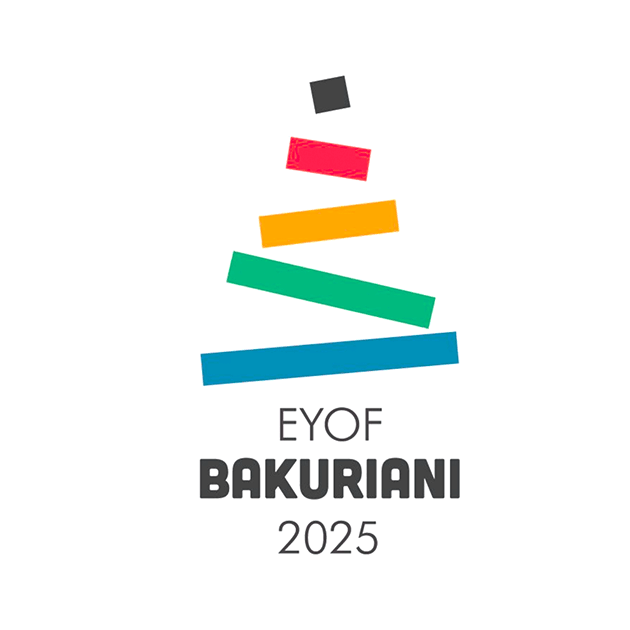1st IOC doping control rules upheld by ECJ
The European Court of Justice (ECJ) passed judgement against the European Commission in the Meca-Medina and Majcen doping case on 18 July 2006.
Summary of the case: The professional swimmers David Meca-Medina (Spain) and Igor Majcen (Slovenia) tested positive in a doping test in Brazil in 1999, whereupon the International Swimming Federation applied the Olympic Movements anti-doping code, barring them for four years. This suspension was later reduced to two years by the Court of Arbitration for Sport.
In May 2001, Medina and Majcen filed a complaint with the European Commissions Directorate-General for Competition, calling into question the compatibility of the anti-doping rules of the International Olympic Committee (IOC) with the EUs rules concerning competition and the free movement of services.
The European Commission rejected the complaint in August 2002 on the grounds that the IOCs anti-doping rules did not fall under the scope of articles 81 and 82 of the EC Treaty (abuse of a dominant position).
The two sportsmen appealed against the rejection of their complaint at the Court of First Instance.
The Court of First Instance substantiated its rejection of this complaint by saying that the IOCs anti-doping provisions were of a purely sporting nature and therefore did not fall under the scope of EU legislation.
The ECJ judgement: The ECJ found that a revaluation of the proportionality of the anti-doping provisions with applicable EU law should indeed be undertaken, however. Since the court of first instance had failed to carry out such a revaluation, the ECJ suspended its judgement.
According to the ECJ, the restrictions imposed by the anti-doping provisions only do not fall under the EU competition rules if they are limited to what is necessary for the proper functioning of sporting competition. The ECJ states further that such legislation could be exaggerated, both with regard to the defined maximum levels concerning what is to be regarded as doping and also with regard to the severity of the sanctions.
The ECJ does not see the present case of the professional swimmers as constituting anti-competitive conduct, however, and thus rejects the appeal for the Commissions decision to be declared null and void. In other words, the IOCs anti-doping provisions are compatible with EU law.
N.B.: The ECJ judgement contains a new, fundamental evaluation that anti-doping provisions of sports organisations are subject to EU competition law. Courts are required to examine the anti-doping provisions with regard to the proportionality of the sanctions and critical doping values.
2nd 307.6 billion for European Regional and Structural Policy 2007-2013
The European Parliament adopted the new regulations on the European Regional Development Fund (ERDF) and the European Social Fund (ESF) in a second reading on 4 July 2006. 307.6 billion will be available throughout the EU between 2007 and 2013 to reduce the economic, social and territorial disparities between the EUs regions. This is equivalent to approximately 35.7 per cent of the total EU budget.
In contrast to the first reading, sport is now no longer an explicit part of the new ERDF regulation; in the wake of the negotiations in the Council, it was once again excluded from the regulation.
Objective 1: Convergence ( 251.3 billion)
Within the objective of convergence, the Member States and regions with the greatest development backlog are to be promoted through improving the conditions for growth and employment.
Objective 2: Regional Competitiveness and Employment ( 48.8 billion)
The objective Regional Competitiveness and Employment covers the area of the EU that does not fall under the objective of convergence. The objective is to strengthen the regions competitiveness and attractiveness.
Objective 3: European territorial cooperation ( 7.5 billion)
The objective of European territorial cooperation consists of strengthening cross-border cooperation through joint initiatives and activities for integrated territorial development.

















